Browse Exhibits

Lanford Wilson
Curated by Al Dabiri and David Crespy, 2018.
This interactive display provides some insights into the materials available in the Lanford Wilson Collection, in MU Libraries Special Collections and Rare Books. In particular, this display includes material from the collection which focus on Wilson’s play, The Rimers of Eldritch, and offers samples of posters, programs, photographs, posters, and manuscripts from various productions of the play, as well as materials from the original 1966 production of The Rimers of Eldritch, directed by the author...
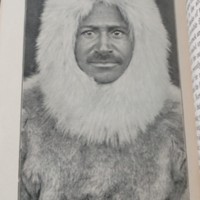
Leaders and Heroes
Curated by John Henry Adams and Courtney Gillie, 2020.
Every age, every race, has its leaders and heroes. ~ Ohíye S’a (Charles A. Eastman) Libraries tend to hold those materials that mainstream society values. Nowhere is this clearer than in the field of rare books. Because of the money required to assemble a strong collection of rare books, rare book collectors tend to come from positions of privilege and their collections reflect that privilege. Collectors have historically prioritized writings by culturally valorized authors. Rare books libraries,...
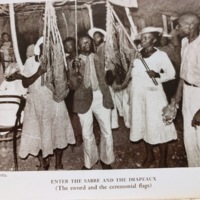
Leaders and Heroes 2: The Arts
Curated by Courtney Gillie and John Henry Adams, 2021.
This exhibit was born out of a desire to showcase materials within Special Collections at the University of Missouri that were produced by historically excluded people. We want all of our students to be able to see themselves proudly reflected in our collections.
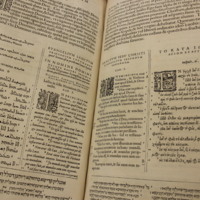
Life and Letters in the Ancient Mediterranean
Curated by Timothy Perry, 2018.
This exhibit brings together the strangeness and familiarity of the ancient past, concentrating in particular on the literary and intellectual legacies of ancient Greece and Rome.

Life in America: Sixteen Black Magazines from 1953 to 1998
Curated by John Henry Adams, 2024
Over the course of the 20th century, the number of magazines published in the United States went from approximately 5,500 to well over 18,000, an increase that outstripped population growth by a considerable margin. Magazines appeared on almost every conceivable topic and for almost every conceivable demographic. Black Americans were no exception, with numerous magazines developing in the second half of the century to cater specifically to their interests. This exhibit showcases a tiny number of...
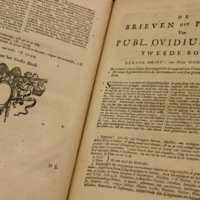
Many Happy Returns
Curated by Timothy Perry, 2016.
This exhibit brings together a selection of items associated with the most important literary anniversaries celebrated in 2016.
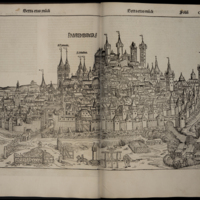
Masks, Hells, and Books: The Nuremberg Schembartlauf (1449-1539)
Curated by John Henry Adams, 2022.
The Schembartlauf (“the running of the masked men”) was a traditional element of Carnival in Nuremberg in Franconia. Celebrated on Shrove Tuesday, the day before Ash Wednesday, it consisted of a parade of men in masks and ornate costumes who came down from the castle into the city, culminating in a dramatic destruction of their parade float in the town square.
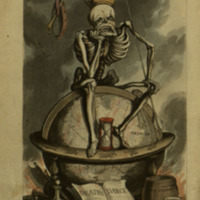
No Bones About It: An exhibit of spooky skeletons
Curated by John Henry Adams, 2023, with assistance from Kelli Hansen.
On October 24, 2023, Special Collections held a spooky exhibit! From 11am until 2pm, we were in Ellis 114a with as many skeletons as we could find in our collections! The exhibit is now available online. We have two main different kinds of books in this exhibit: anatomy textbooks of both humans and animals, and dances of the dead. You’ll get a chance to look at works like Andreas Vesalius’s De humani corporis fabrica libri septim...
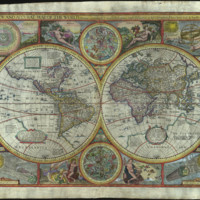
Places in the World: Treasures from the Venable Collection
Curated by John Henry Adams, 2021.
Maps tell us where we are. The most obvious way they do this is geographical, but there is also a wealth of cultural and social information that accompanies a map. What has been labeled? What has been left blank? What kinds of decorations are included in the map? A map that takes the time to mark the estates of major landlords is indicating something about the importance that proximity to the wealthy means socially and...
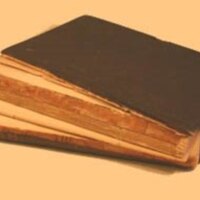
Preservation Week 2021 and the Adopt-A-Book Program
Curated by Lily Hunter, 2021.
This exhibit contains information on preservation within the library and the Adopt-A-Book program. This was completed in preparation for Preservation Week 2021, at the University of Missouri's Special Collections in Ellis Library.
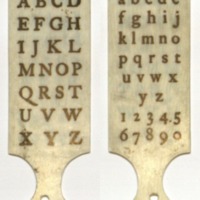
Rare Books: A Glossary
Curated by John Henry Adams, 2020; revised 2021.
Rare books libraries and reference materials for working with rare books are full of specialist terms (or terms that mean something different in the context of special collections). To make it easier for you to use our materials, we have prepared a glossary of terms you may encounter.
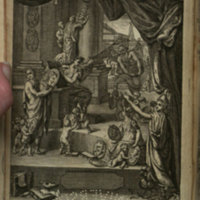
Science of Love
Curated by Timothy Perry, 2017. Online version constructed in 2018 by Kelly Filippone.
This exhibit presents the many faces of love as they appear in the literature of antiquity, the Middle Ages, and the Renaissance. It covers both the theories of love found in philosophy and science, from Plato to Leon Abravanel, and more literary accounts of love, including Terence, Ovid, and theRoman de la Rose.
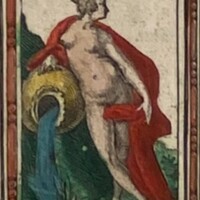
The Art of Cartography: Cartes-à-figures
Curated by Lily McEwen, 2021.
Cartography is the art and science of map-making. During the late sixteenth and seventeenth centuries, Cartography was experiencing a peak of knowledge intensified by the Dutch Golden Age. The Dutch Golden Age was a period of exploration, navigation, and colonization. The Dutch used their excellent sea-faring and navigational knowledge to traverse across the world reaching uncharted lands providing new geographical insight into Africa, Asia, and the New World. The Dutch were a 17th century global powerhouse. Maps...
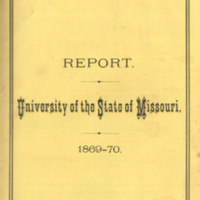
University of Missouri course catalogs : a hidden resource
Curated by Mitch Sumner, 2019.
The University of Missouri course catalogs, announcing the schedule of courses and the other relevant information for current and incoming students has been published annually since 1843, shortly after the founding of the university.
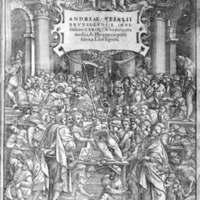
Vesalius at 500
Curated by Alla Barabtarlo, Kelli Hansen, Julie Christenson, Amanda Sprochi, and Trenton Boyd, 2014.
Vesalius at 500 showcases materials from the Libraries’ collections that helped to shape Andreas Vesalius’ career, including medieval manuscripts and early printed books on medicine. The centerpiece of the exhibition is Vesalius’ most famous work, De Humani Corporis Fabrica. The Libraries hold two copies of this important book, a second edition printed in 1555, and a later edition from 1568.
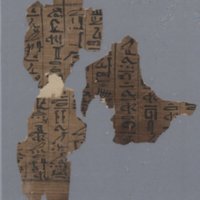
Welcome to Special Collections
Curated by Kelli Hansen and the staff of Special Collections, 2018-2021.
This exhibit is a part of the University Libraries Online Scavenger Hunt. Whether or not you're a scavenger hunter, use this exhibit to explore just a few of the items in these amazing collections.
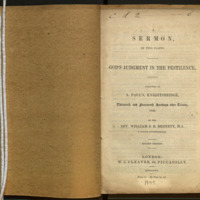
Winds of Change
Curated by Kelli Hansen, Timothy Perry, and Alla Barabtarlo, 2016.
This exhibition investigates the relationship between weather and time by questioning past perceptions, examining measurement and prediction practices, and surveying sources of historical data.